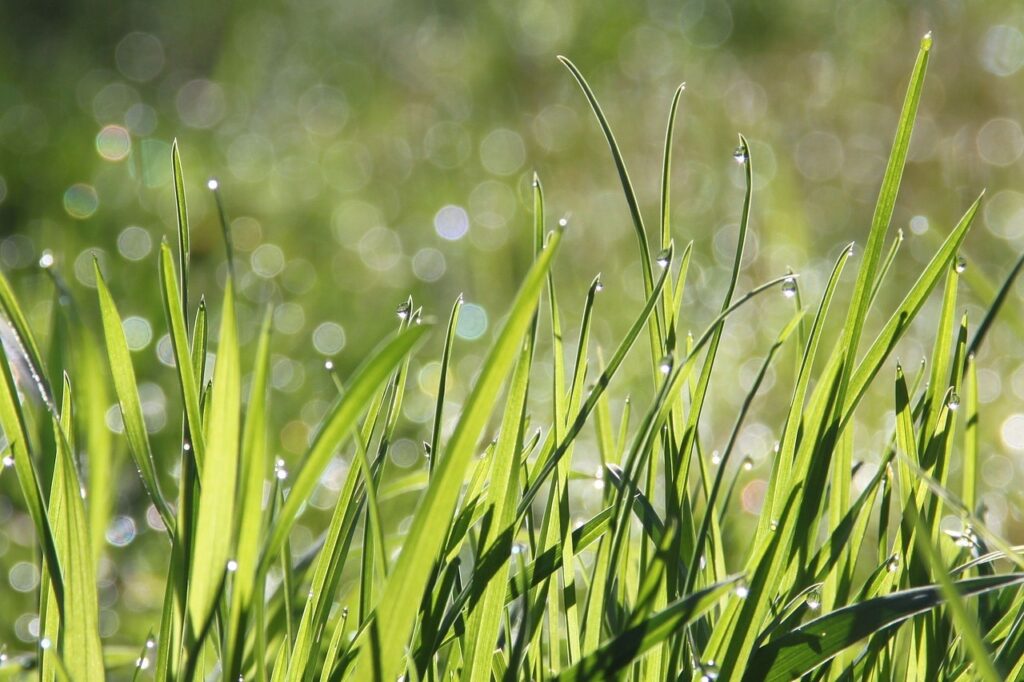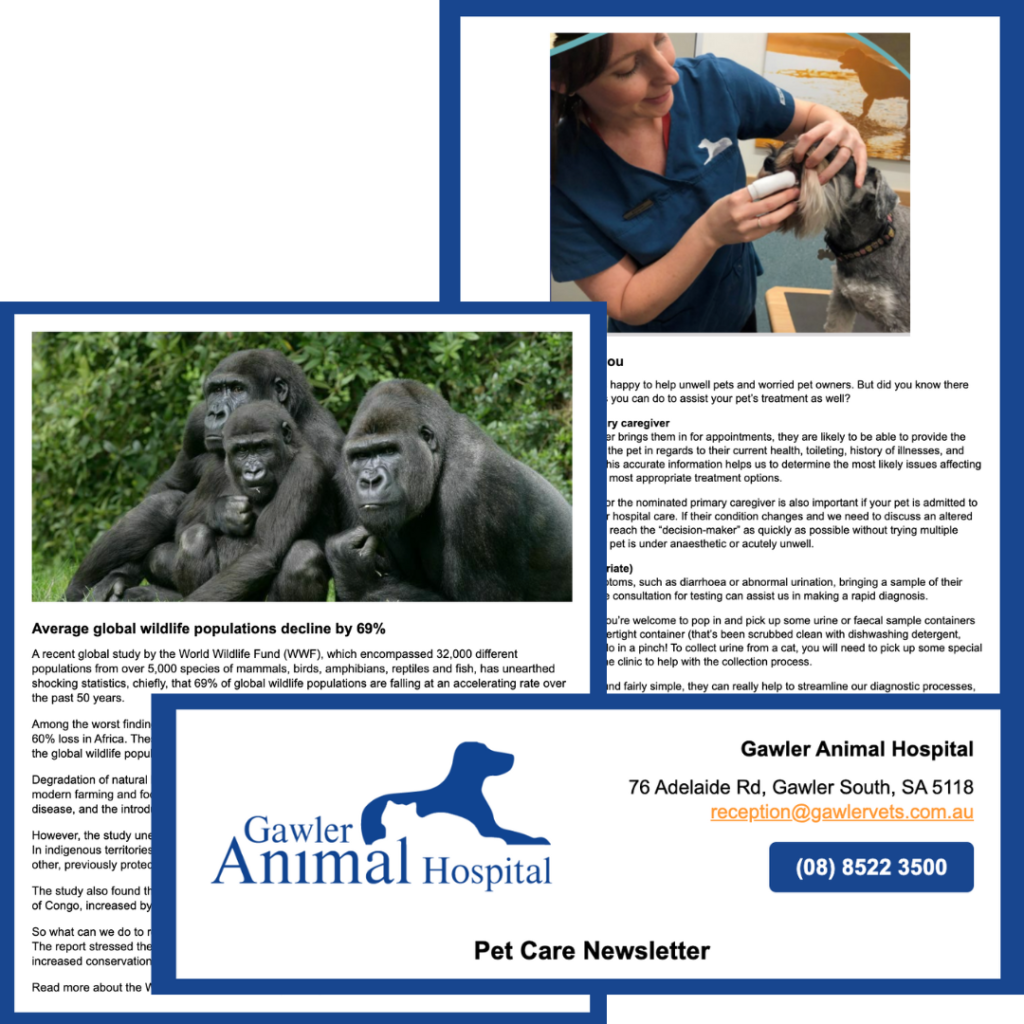Spring is here – and with it, unfortunately, comes grass seeds! |
|
Grass seed awns are the seed heads of grass, and they are very spikey and stick into pets’ fur (and humans’ shoes and pants), which is a clever trick of the grass plant to help spread its seed. Given their pointy nature, grass seeds can negatively affect dogs, cats and wildlife, depending on which organ/location they affect. Removal of grass seeds may be achievable on a conscious pet in a consultation or require sedation, general anaesthetic, or surgery. The pet’s tolerance levels (often, they are very uncomfortable!), how many grass seeds we suspect to require removal, and the grass seed(s) location on the body are all determiners of the treatment plan. Unfortunately, grass seeds can also migrate (move around the body), making it more challenging to find them. Occasionally, for a very tricky grass seed, advanced imaging such as an ultrasound or CT scan may be necessary to find the exact location, as they can move very quickly. Here is a list of areas commonly affected by grass seeds: Eyes Clinical signs
Risks
Removal
Ears Clinical signs
Risks
Removal
Nose Clinical signs excessive sneezing Removal Due to how sensitive the nose is, patients typically require a general anaesthetic to remove grass seeds from the nose (otherwise they keep sneezing).
Paws Clinical signs
Risks
Removal Depending on the patient and how accessible the grass seed is, removal may occur in a consult (on a conscious pet, possibly with a local anaesthetic), or they may require sedation to allow safe removal (particularly in cases that require surgical exploration).
Coat Clinical signs Redness Risks Migration risk. Seeds may move under the skin into the abdominal or thoracic cavity. Removal Depending on the patient and how many grass seed tracts are present, this could be done on a conscious patient, under sedation, or may require a general anaesthetic and surgical removal.
Mouth and Throat Clinical signs
Risks
Removal A general anaesthetic is required to check deep in the back of the throat and to allow protection of the airways.
Genitals Clinical signs
Risks
Removal Depending on the location of the grass seed and the animal’s tolerance level, removal may be possible in consult (on a conscious animal) but likely requires sedation or general anaesthetic.
Tips and tricks for avoiding grass seeds: At home On walks Roaming cats Long haired dogs Regular inspection by owners What do you do if you think your pet has a grass seed? Thankfully, in most instances, once we remove the seeds, pets feel instant relief!
|
November 2023 Newsletter
This Month's Featured Article

Click the Link Above the Read This Month's Full Newsletter

